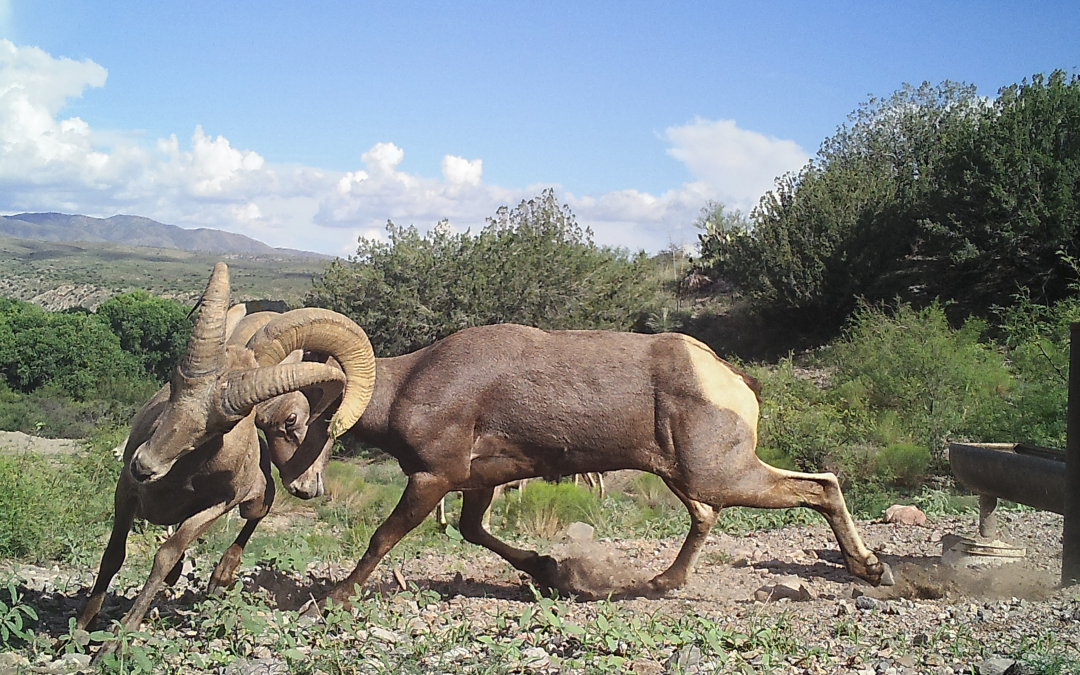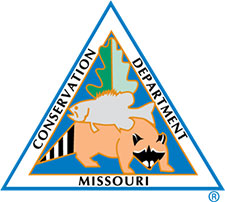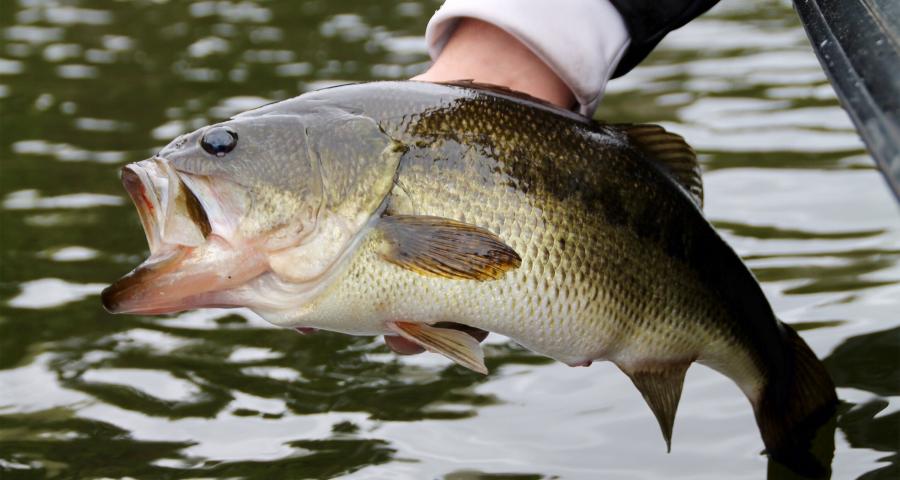This innovative new method of measuring sheep populations makes research less expensive and more applicable – a significant contribution wildlife management.
Sound wildlife management requires good data. By helping determine animal population sizes, wildlife surveys are vital to effective stewardship strategies, whether for the benefit of game management or the conservation of endangered species.
“But counting animals is no simple task,” says David Stewart, a statistician for the U.S. Fish and Wildlife Service. “Surveys must contain desirable properties, and should produce an estimate that is consistent, unbiased and precise, and, most important, be easy to compute.”
For six months in 2017 and 2018, Stewart and other biologists from the Fish and Wildlife Service and the New Mexico Department of Game and Fish addressed the issue, and produced some promising results. Their research, recently described in Scientific Reports, pioneers an innovative new method to count animals by estimating their population sizes simply, safely and affordably.
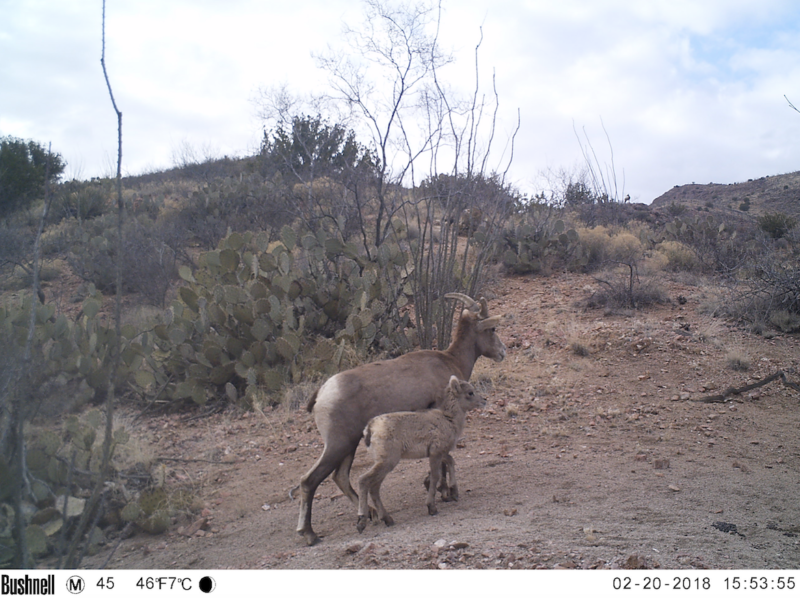
Using Camera Traps to Study Uniquely Identifiable Animals
When it comes to being surveyed, all animals are not created equal. Those with distinct markings, such as ocelots or giraffes, make for more convenient individual identification, and therefore easier population surveys. Similarly, animals living in open areas, like Serengeti grasslands or arctic tundra, are readily observed and counted from small aircraft. Obviously though, many species don’t have distinctive spots or inhabit open landscapes – and a simple process is needed for counting them, too.
Stewart and company used camera traps, which are placed in animal habitats to capture images when animals move in front of them. Unlike people, cameras operate all day, every day, without complaint. The challenge with cameras, however, is transforming animal images into useful metrics about wildlife populations.
“In the past, estimating abundance of an animal population using camera traps was limited to populations containing marked individuals or animals with uniquely identifiable pelage (fur) patterns,” says Matthew Butler, a biometrician with the Fish and Wildlife Service. “With uniquely identifiable animals, biologists can implement mark-recapture techniques to estimate abundance from camera trap images.”
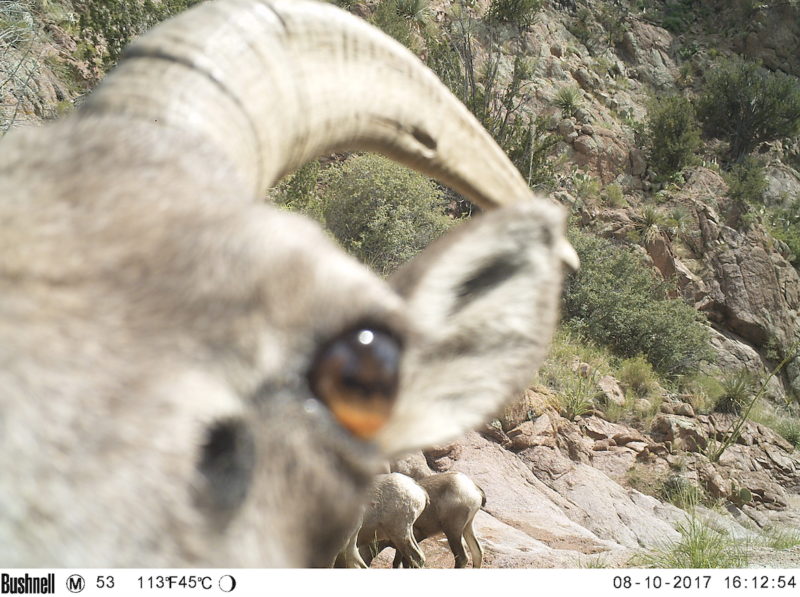
Grant Harris, another Fish and Wildlife Service biologist and project collaborator, explains: “Pretend you want to know the number of catfish in a pond. You boat out, catch 50, and mark each with a small tag before releasing them. Two days later you catch another 50 catfish, and 25 have marks (the tags). You tagged 50, re-caught half, so the pond estimate is twice the original sample, namely 100 fish. Basically, this is how the estimation process works with marked animals, be it fur patterns or tags, as in our example.”
For many animals, however, it’s not that easy to identify individuals, and marking them with unique tags can be expensive, time-consuming, and sometimes dangerous.
“Therefore, a technique that doesn’t rely on uniquely marked individuals was needed to move camera trapping from hobby to science,” adds Butler.
To estimate animal numbers without marks, the team combined camera trapping with “distance sampling,” a methodology that builds a mathematical function based on the assumption that animals further from an observer (or camera) are observed less than those that are close.
Using “Distance Sampling” to Study Animals Without Identifiable Markings
Their laboratory: The Red Rock Wildlife Management Area, a 1,500-acre captive breeding facility for desert bighorn sheep on a remote site with rocky, steep terrain in southwestern New Mexico. Constructed in 1972 by the New Mexico Game and Fish Department in cooperation with the Bureau of Land Management, the area was stocked with sheep captured in the nearby San Andres Mountains and in Mexico. Since 1980, the facility produced approximately 500 surplus animals, used to augment wild sheep populations throughout the state. The Red Rock facility, and the bighorn sheep it produced, has been central to recovering the species from its state-endangered status to hunted big game.
“It’s one of the biggest conservation success stories in New Mexico,” says Eric Rominger, a biologist with the state’s Game and Fish Department who has worked on sheep conservation for more than forty years.
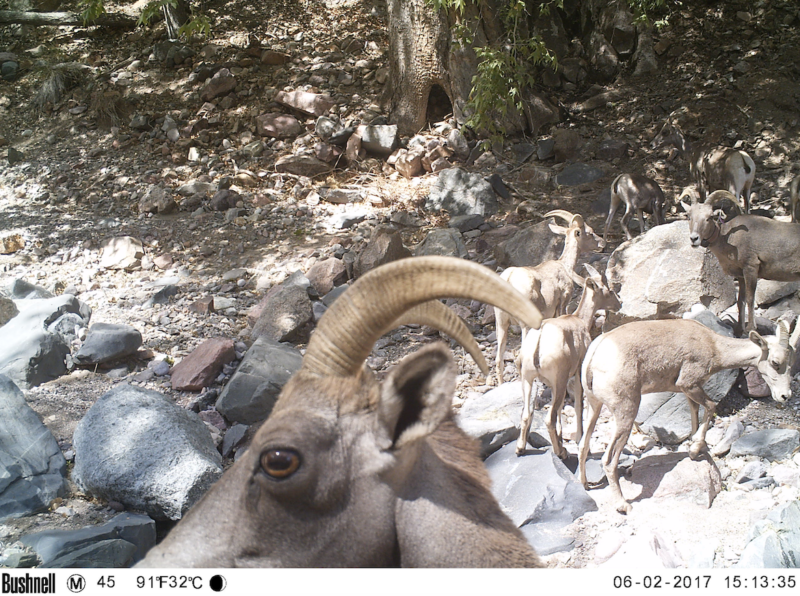
Of the sheep population at Red Rock, Rominger says that all births, deaths and removals are recorded “…and, since 1997, the facility has been surveyed each year, resulting in a true count. So, this intensively managed herd provided an extremely rare opportunity where the ‘population size’ of a wild animal in native habitat was known.”
“Having this known population was important,” Harris adds, “because we could test our method and evaluate how well it worked by comparing our results to truth.”
At Red Rock, the research team combined imagery gathered from 11 trail cameras spaced along an 800-meter grid, and used distance sampling to estimate the abundances of the desert bighorn sheep within it. The team measured the distance between the camera and every desert bighorn sheep pictured, building a mathematical model describing that relationship.
Combining Camera Traps and Distance Sampling to Estimate Population Size
Distance sampling isn’t new, but coupling it with camera trap imaging is a relatively novel approach to conducting wildlife surveys. Further, testing or validating results prior to this study have been limited to computer simulations.
“Replicating conditions in the field using a computer simulation is difficult,” says Stewart. “Too many variables influence animal behavior leading up to and at the time of the survey. Rarely do opportunities exist to field-validate a survey, against a known number, to determine if the estimates produced are unbiased and precise.”
Without known population numbers, wildlife managers are typically tasked with using varying survey methods, and making calculated estimates accordingly. As Butler explains, biologists often have no way to verify population estimates; and one estimate derived from one technique may differ from another.
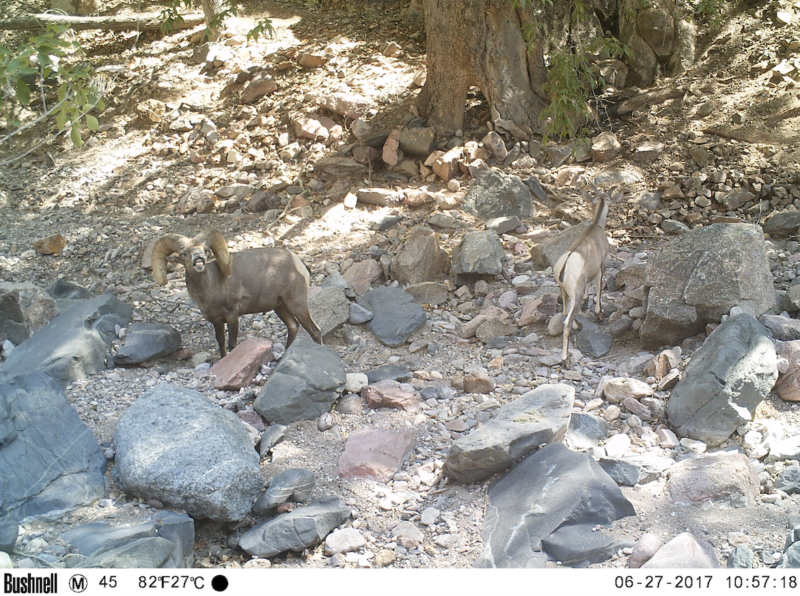
At the Red Rock Wildlife Management Area, the team field-tested estimates from their unique methodology against the known sheep population size. Their work was amazingly accurate. Results were always within five animals from the known population size of desert bighorn sheep in Red Rock.
“This is very significant,” says Harris. “In the U.S., helicopters are often used to count sheep, which is expensive and dangerous. Globally, over 70 percent of wild sheep and goat species are endangered and, in most places, it’s unaffordable to fly and count them, so population sizes are unknown. Our method offers a cheap and applicable solution.”
Indeed, the innovative survey technique represents an important contribution to wildlife management, particularly in remote or highly-vegetated areas where animals are difficult to locate and count.
“Now,” says Butler, “biologists around the world can more confidently apply distance sampling techniques with camera trapping to estimate the population size of any wild, unmarked animal. We need this kind of approach in jungles, forests and remote mountains.”
The International Union for Conservation of Nature recently highlighted the team’s research as filling an important data gap for improving species’ threat assessments and informing conservation efforts, especially for populations of wild sheep and goats.
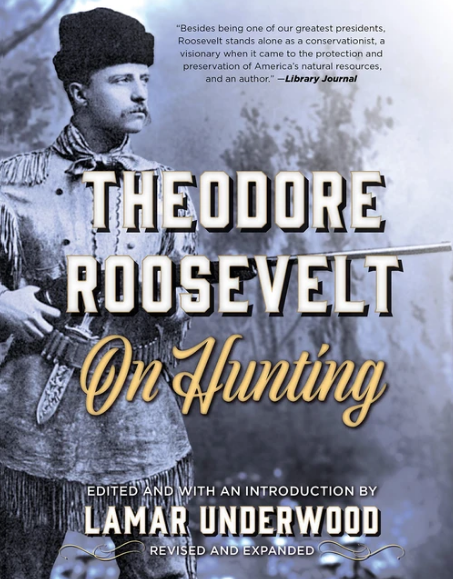 There have been few hunters as daring, as powerful, and as articulate as our twenty-sixth president, Theodore Roosevelt. From his ranching years in the Dakota Territory to the famous African adventures, Roosevelt’s tales are unparalleled stories of the hunt. The best of them are collected here.
There have been few hunters as daring, as powerful, and as articulate as our twenty-sixth president, Theodore Roosevelt. From his ranching years in the Dakota Territory to the famous African adventures, Roosevelt’s tales are unparalleled stories of the hunt. The best of them are collected here.
Of Roosevelt’s many volumes of hunting and exploration, two reader favorites have always been Ranch Life and the Hunting Trail and African Game Trails, both excerpted here. During his ranching years, Roosevelt ranged far and wide, and his African trips were also famously bold. In all his expeditions, Roosevelt reveals in detail hunts that were incredible journeys of both pursuit and discovery, for wherever he went in the outdoors he assumed the dual roles of hunter and naturalist. Shop Now

